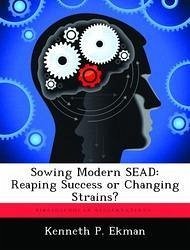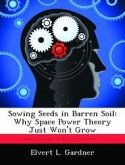In this study, I explain suppression of enemy air defense (SEAD) strategy as it interacts with radar-guided surface-to-air missile (SAM) systems. First, I assert that SEAD constitutes a strategy of coercion, and that radar-guided SAM systems respond to SEAD according to a rational decision making process. Next, I use coercion theory to simplify and explain the history of the standoff between SEAD and radar-guided SAM systems spanning from the Vietnam War through Operation Iraqi Freedom. This examination reveals that SEAD has succeeded as a coercion strategy since the Gulf War. Finally, I explore the changing nature of the standoff in the wake of Operation Iraqi Freedom and suggest that changes to US force structure and expectations signal the abandonment of a viable strategy. I conclude with the recommendation that US air forces should carefully consider future SEAD strategy in light of past successes. Furthermore, whatever strategy they select requires careful synchronization with SEAD resources and objectives.







